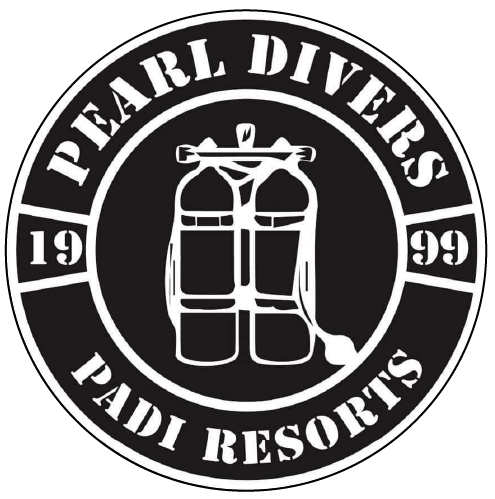In Trincomalee and Nilaveli, we have 15 dive sites from 10 to 33 meters on rocks and reefs. The dive sites around Nilaveli
have a maximum depth of 18 meters. It's not possible to dive in the protected park of Pigeon Island but in the surroundings.
You will discover hard and soft corals, many fish typical of the Indian Ocean, turtles and stingrays. For diving to depths of
over 30 meters, our dive sites in Trincomalee are ideal. Come and meet moray eels and barracudas in varied and colorful sites.
Trincomalee is also home to a shipwreck as well as an underwater museum.
- Irarakandy (10m depth)
- Pigeon Island (15m depth)
- Pigeon Rock (21m depth)
- Crow Island (10m depth)
- Knife Rock (14m depth)
- Diyamba Gala (33m depth)
- White Rock (10m depth)
- Parrot Rock (10m depth)
- Butterfly Rock (12m depth)
- Kartbar Rock (35m depth)
- Suwame Rock (22m depth)
- North Reef (22m depth)
- South Reef (18m depth)
- Navy Island (12m depth)
- Navy Museum (20m depth)
In Unawatuna, we have 16 dive sites with different depths from 6 to 32 meters offering a variety of dives on reefs, rocks and beautiful wrecks.
You will find a lot of macro life, many species of corals and coral reef fish of the Indian Ocean. Unawatuna offers beautiful experiences when it comes to diving and it's both a great place to learn diving and for more experienced divers.
- Ralagala Wreck (20m depth): interesting remnants of the wreck with many corals and marine life (snappers, angelfish, porcupinefish, pufferfish, titan triggerfish, giant moray...).
- Galle Ship Wreck (16m depth)
- Jungle Beach (6m depth)
- Galapita Gala (25m depth): a rock on top of a rock with a 3 meters long cave full of coral trees, coral fish, sting rays, blue ring angelfish and lionfish.
- Goda Gala (Lord Nelson Wreck) (15m depth): a modern ship sunk where penetration is possible in most of the wreck. There are a lot of reef fish and rays.
- Goda Kupatha (15m depth): a big rock raised from the bottom of the ocean where you can see growing corals, many fish species and various rays.
- Diyamba Kupatha (30m depth): many rocks and widespread rocky area with black and red corals, moray, trivially, dolphins and whale sharks especially in February.
- Goda Gala Diyamba (18m depth): the rocky and reef area starts with a depth of 6m and allows to go 18m. You can see napoleon fish, groupers and moray.
- Reef Wreck (15m depth): a naturally made reef with yellow finned trevally, damselfish, goatfish, snappers, banner fish, angelfish, butterfly fish, emperors, big eyes and fusiliers.
- Delvaniyagala Diyamba (12m depth): many corals and reefs that create a great shade for snappers, angelfish and moray.
- Navy Kupatha (15m depth): many rocky areas and coral. You will see various kinds of coral fish, pelagics, rays, groupers, snappers, turtles, eels, jacks and barracuda.
- Aluth Gala (25m depth): a rock made as a pinnacle where you start diving at 9m. It's the most famous dive site of Unawatuna where you can see rays, leaf scorpion fish, lionfish, stone fish, barracuda, groupers and moray.
- Rangoon Wreck (32m depth): SS Rangoon (60 m long and 1800 tons) is a shipwreck situated in Galle harbor, one of the historical harbors in Sri Lanka.
- Aluthgal Mattha (30m depth): many coral fish and coral. It presents many specialties and some areas can be reached to advance or more skilled people.
- Talpe Reef (15m depth): one of the largest natural-made coral reefs full of fish like snapper and moray.
- SS Orestes Wreck (22m depth): a steam and sailing British cargo ship of nearly 60 m lengths. There are rays, leaf scorpion fish, lionfish, stone fish and barracudas.

